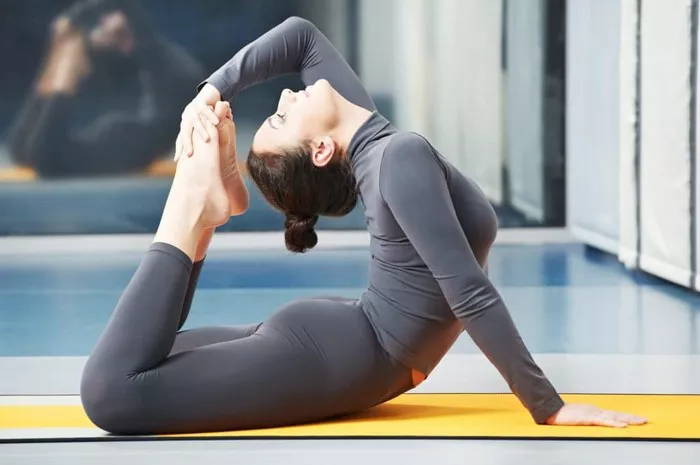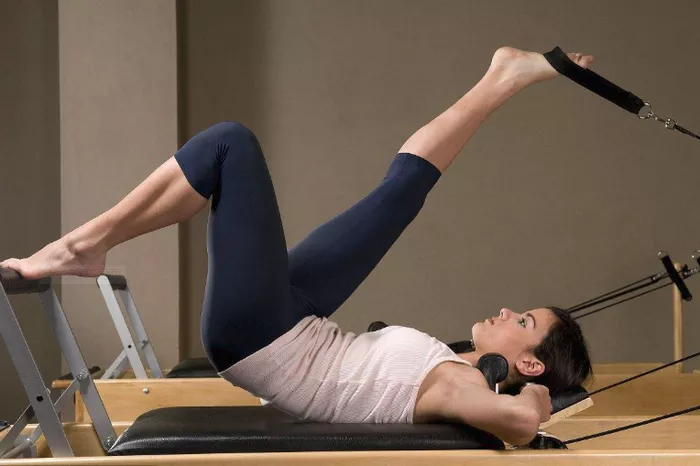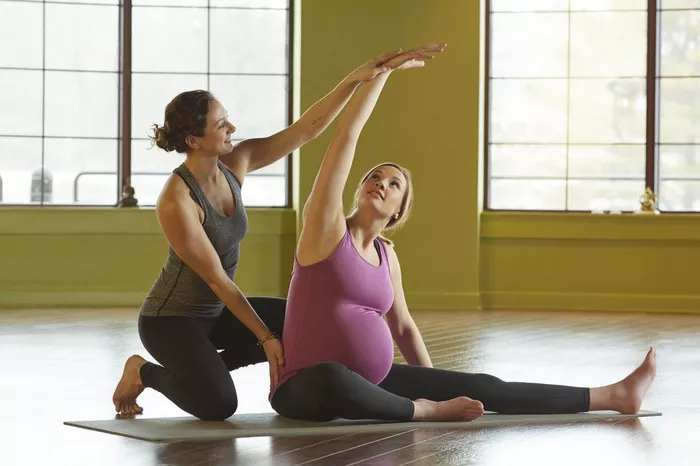Ashtanga yoga is a dynamic and physically demanding style of yoga that follows a set sequence of postures, synchronizing breath with movement. Many practitioners are dedicated to their daily practice, but a common question arises: should you practice Ashtanga yoga during your menstrual cycle?
This topic is often debated in the yoga community, with different perspectives based on tradition, science, and personal experience. This article will explore the traditional viewpoint, the physiological effects of menstruation on the body, and practical considerations for practicing Ashtanga during your period.
The Traditional View on Practicing Ashtanga During Menstruation
In traditional Ashtanga yoga, practitioners are advised to take rest during the first few days of menstruation. This break is often referred to as “ladies’ holiday.” Sri K. Pattabhi Jois, the founder of modern Ashtanga yoga, taught that women should not practice during their periods because of the natural downward flow of energy, or apana vayu.
According to yogic philosophy, apana vayu is the energy responsible for elimination and downward movement in the body, which includes menstruation. It is believed that practicing strong physical postures, especially inversions, could interfere with this natural process and lead to energy imbalances or health concerns over time.
Understanding the Physiological Aspects of Menstruation
From a physiological perspective, menstruation is a natural detoxification and renewal process in the female body. During this time, hormonal fluctuations can cause fatigue, cramps, headaches, bloating, and emotional sensitivity. These factors may influence how a woman feels about practicing yoga.
Effects of Exercise on the Menstrual Cycle
Blood Flow and Circulation
- Moderate exercise can improve circulation, reducing cramps and bloating.
- Overexertion, however, might lead to increased discomfort or excessive bleeding.
Hormonal Changes
- The hormonal shifts during menstruation can affect energy levels, making intense physical activity feel more challenging.
- Cortisol (the stress hormone) may be higher, leading to increased fatigue and sensitivity.
Core Engagement and Abdominal Pressure
- Some Ashtanga postures involve strong core activation, which may feel uncomfortable during menstruation.
- Deep forward folds and backbends might increase abdominal pressure, leading to cramps or discomfort.
Practical Considerations for Practicing Ashtanga on Your Period
1. Listen to Your Body
Every woman experiences menstruation differently. Some may feel energized and comfortable practicing, while others may prefer to rest. It is essential to listen to your body’s signals and adjust accordingly.
2. Modify Your Practice
If you choose to practice during your period, consider modifying your routine:
Avoid Inversions: Poses like sirsasana (headstand) and sarvangasana (shoulder stand) should be skipped, as they reverse the natural downward flow of menstruation.
Reduce Intensity: Instead of a full primary series, opt for a gentle flow or just the standing postures.
Focus on Breath and Relaxation: Incorporate more ujjayi breathing and consider ending your practice with a longer savasana (corpse pose) to promote relaxation.
3. Consider Restorative or Yin Yoga Instead
If a full Ashtanga practice feels too intense, you might benefit from restorative or Yin yoga, which involves longer-held, gentle postures that support relaxation and grounding. Some helpful poses include:
- Supta Baddha Konasana (Reclining Bound Angle Pose)
- Balasana (Child’s Pose)
- Viparita Karani (Legs-Up-The-Wall Pose)
4. Hydration and Nutrition
Supporting your body with proper hydration and nutrient-rich foods can help you maintain energy levels and reduce period-related discomfort.
5. Emotional Considerations
The menstrual cycle can bring emotional fluctuations. Some women find that practicing yoga, even gently, helps them feel more balanced, while others prefer to take a complete break. There is no right or wrong answer—only what feels best for you.
Final Thoughts
The decision to practice Ashtanga during your period is highly personal. Traditional wisdom advises taking a break for a few days, while modern perspectives acknowledge that gentle modifications can allow continued practice if done mindfully.
If you feel strong and energized, you may practice with modifications. If you feel fatigued or uncomfortable, it is perfectly acceptable to rest and resume your practice when you feel ready. Ultimately, yoga is about self-awareness and honoring your body’s needs. Whether you choose to practice or take a break, listening to your body is the most important aspect of your yoga journey.
Related topics























